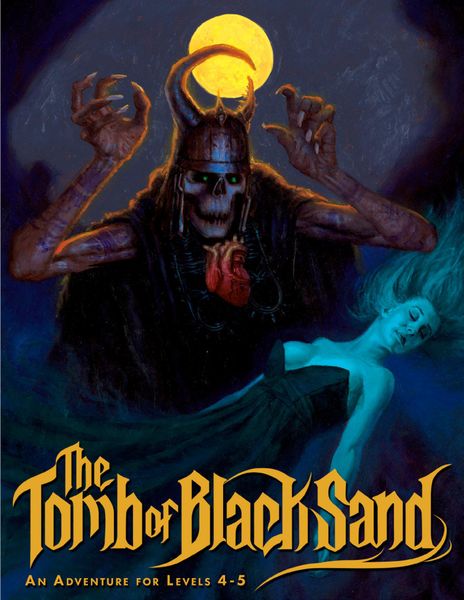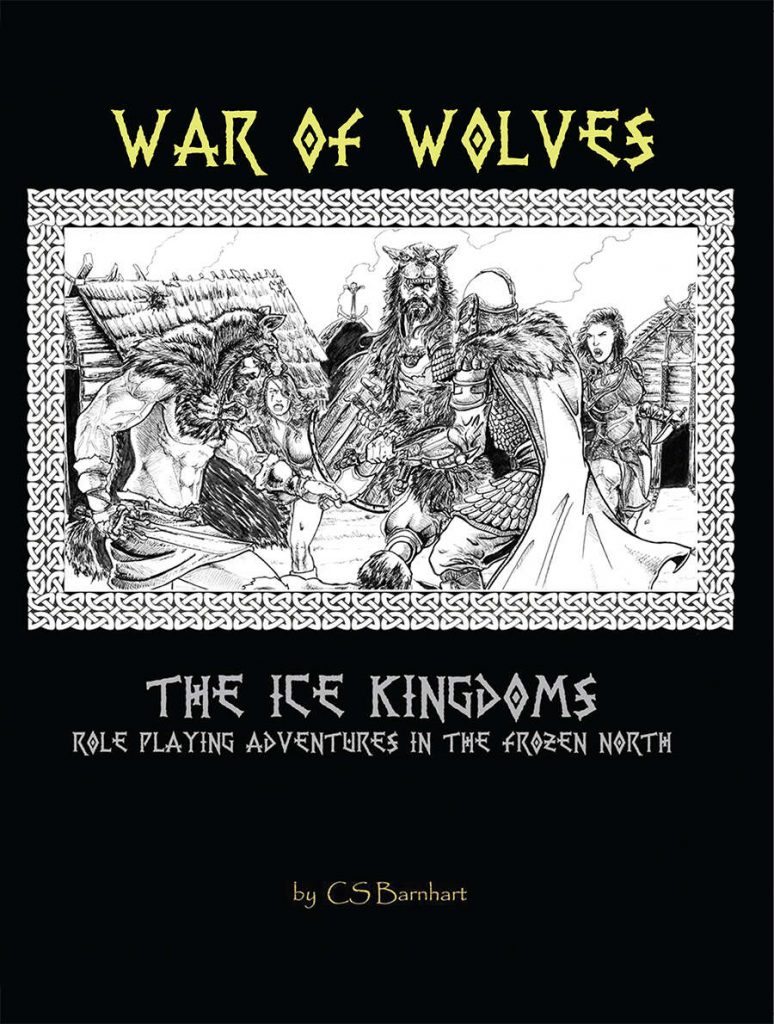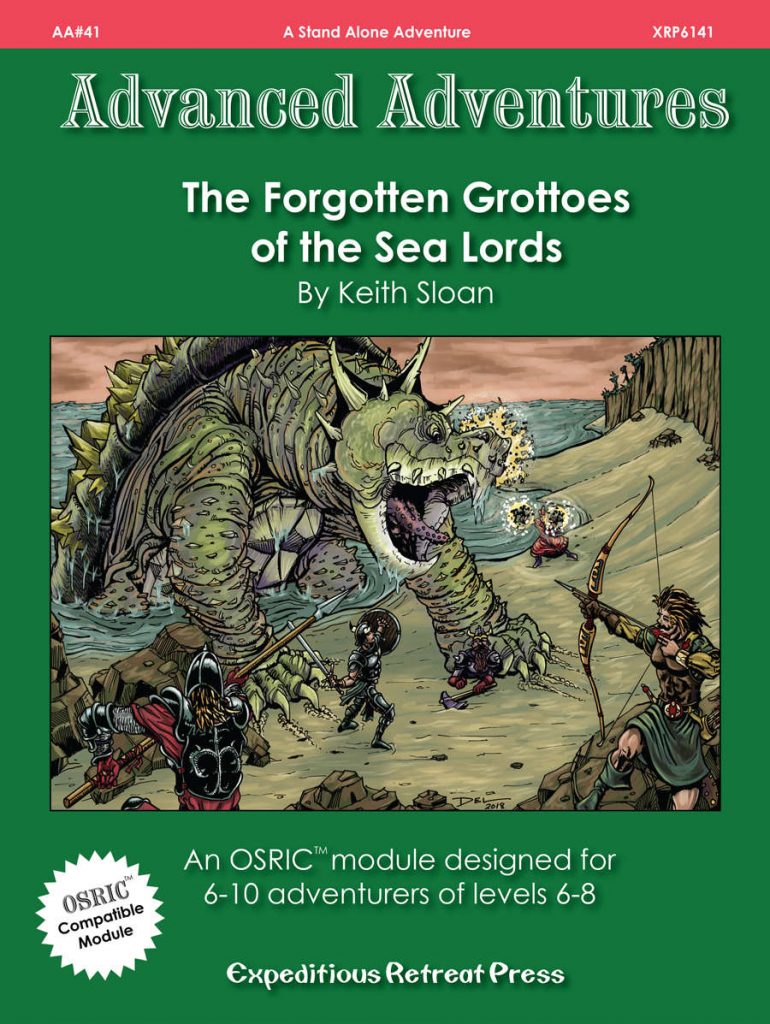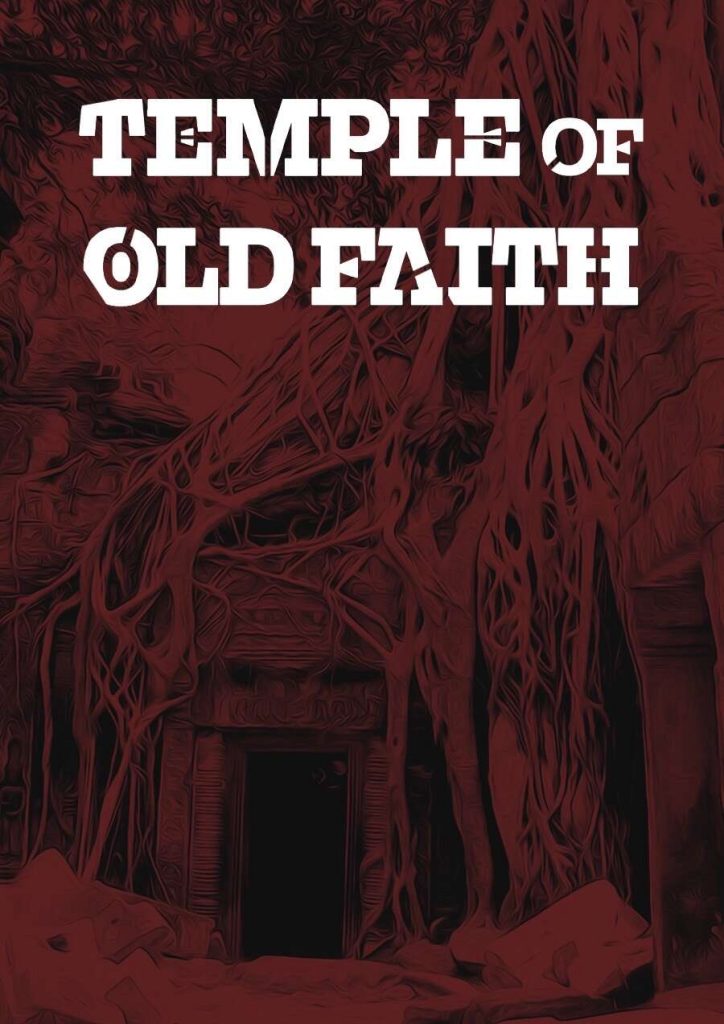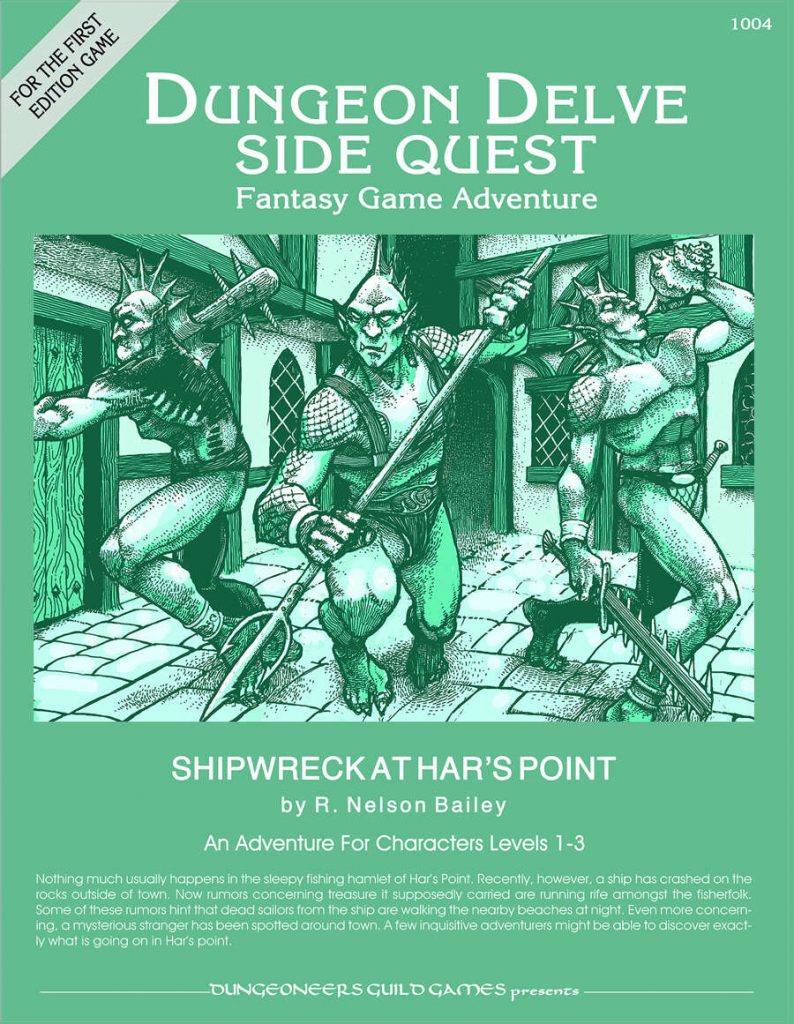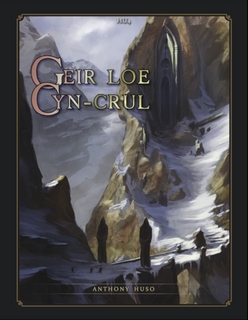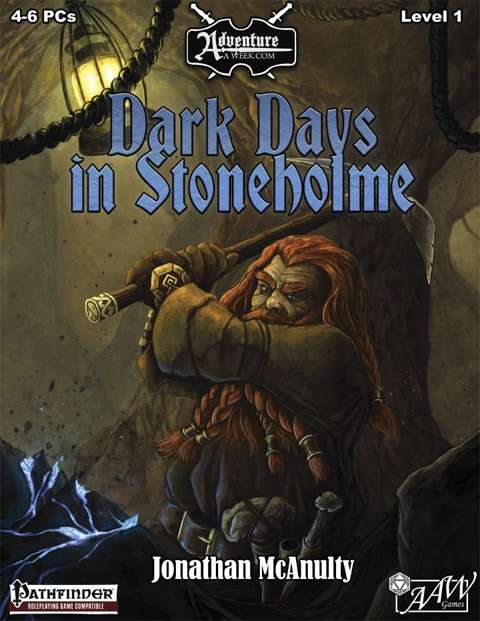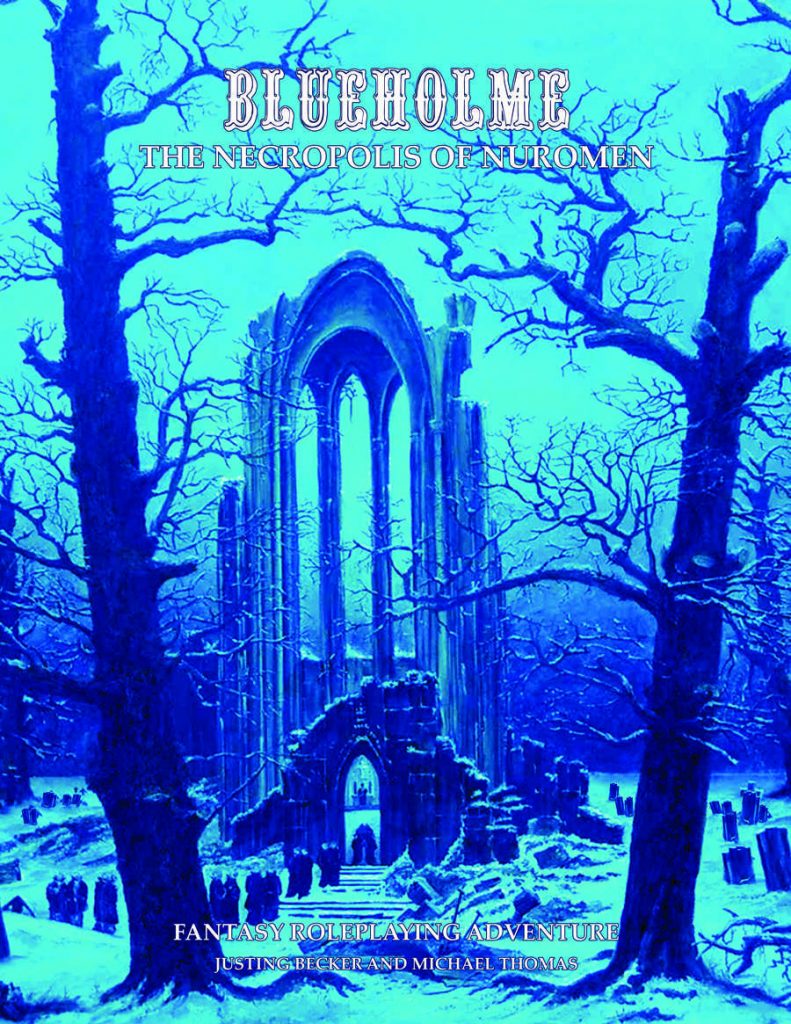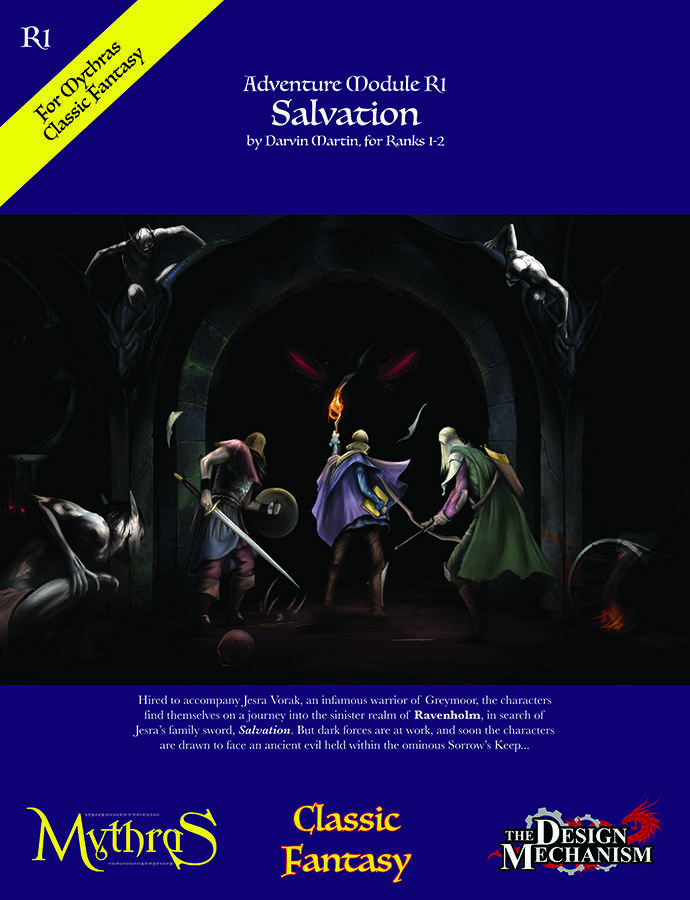
By Darvin Martin Design Mechanism Mythras Level 3
Jesra Vorak, a renowned Fighter from Greymoor, hires the characters for a perilous adventure into Ravenholm. On a mission to find her family sword, Salvation, and destroy the enemy that inhabits her ancestral home, Jesra seeks only the most heroic allies. Many dangers await the characters in Ravenholm, most of them unknown; Jesra is determined to fulfil her destiny and cleanse her bloodline of its darkness or die trying. Will the characters become legendary heroes, or be doomed by the Jesra’s obsession?
Well jackass, you’re the one that tosses yourself in to these situations.
One encounter has a merchant on the road in a wagon. His wagon has 30 feral cats in it. They are all polymorphed lesser devils. Do you NEED to read the rest of the review now to get a sense of the adventure?
This fifty page adventure uses twenty pages to describe the lands around a small castle and the castle proper, containing a vampire. It’s an escort mission for a DM Pet NPC and it’s heavy on facts, mechanics, and long paragraphs on the beach that go nowhere and hide the sunset. Yeah it’s fucking Ravenloft, but I’m not going to review it like that.
Are RPG’s about the story the DM is telling? Are RPG’s about an antagonistic DM? Are RPG’s about the DM at all? Are RPG’s about the pedantic way some people roleplay their characters, forgetting they are a part of the group? No, RPG’s are about the players and their characters, together. The story is emergent but it IS about them.
This adventure is not about the party. It is about an NPC. For this adventure and everything in it is centered around a DM Pet NPC. You get to escort her to her ancestral homelands, find her ancestral sword, travel her ancestral lands, and visit her ancestral castle and kill her ancestor, the vampire dude. Along the way you will be subject to a long masturbatory description about her ancestral sword, that only she can use. Along the way you will face numerous challenges … that only she can overcome. And then of course you will face ol grandpappy vampire dude, who only she can kill with her sword. This is fucked up. We’re not talking Giovanni Chronicles here, but it’s still pretty fucked.
The actual design of the adventure fights play. In the initial village you have to make skill checks to convince the guards to let you in. You are sworn to note tell your real mission, but everyone is a very skilled lie detector and hates you if you lie. And if you tell the truth they probably kick you out. In the village you have to find out that there’s a well with a secret door in it. But it’s a random rumor on the rumor table. So you probably won’t hear it. And if you do then there are guards near the well who don’t want you messing with it (ok, that’s ok, it’s a roleplay/crazy scheme opportunity) and then inside the well you have to have a character who can see in the dark and THEY have to succeed on a perception check. How many fucking secret doors are going to put the door to the rest of the adventure behind? Jesus H Fucking Christ, do not NOT want the party to play the adventure? You know what’s going to happen, the DM is going to fudge it. So why the fuck is it in the adventure? There are a lot of better ways to handle this shit.
There are long Long LONG sections of italics text that make my eyes bleed they are so hard to read. Save your fancy fucking fonts and make do something to make the text easily readable.
Mechanics and details are embedded in in longform paragraphs, hard to pick out and hard to find during play. Bolding is absent. Does this room have a monster in it? Let me spend ten minutes reading all of the rooms nearby to see who reacts … this is a thing of NIGHTMARES.
On the plus side there is a room that rains holy water. There’s a 40% chance it spoils when exiting the room. So, continual rain of holy water with 40% of it spoiling is still … yes, that’s right, an infinite amount of holy water! Vampire Dude here We Come!
In spite of my assholery, there are some ok sentences in this A typical room entry might contain:” [] room is badly damaged, showing signs of impending collapse.Mouldy parchment lies around a stone bookshelf set against the south wall, and the remains of a writing desk sit to the west. A door carved with the Vorak crest leads north.” That’s not a terrible description. I did cut all of the pedantic dimensional data and this IS one of the shortest room descriptions. But it’s not terrible, if you ignore the following paragraphs with the mechanics that are hard to pick out. And the 30 polymorphed lesser devils.
This is $7 at DriveThru. There’s no preview. It should have a preview. Everything should have a preview. And the preview needs to show meaningful parts of the adventure, not the title page and the masturbatory backstory.
https://www.drivethrurpg.com/product/257909/R1-Salvation?1892600

